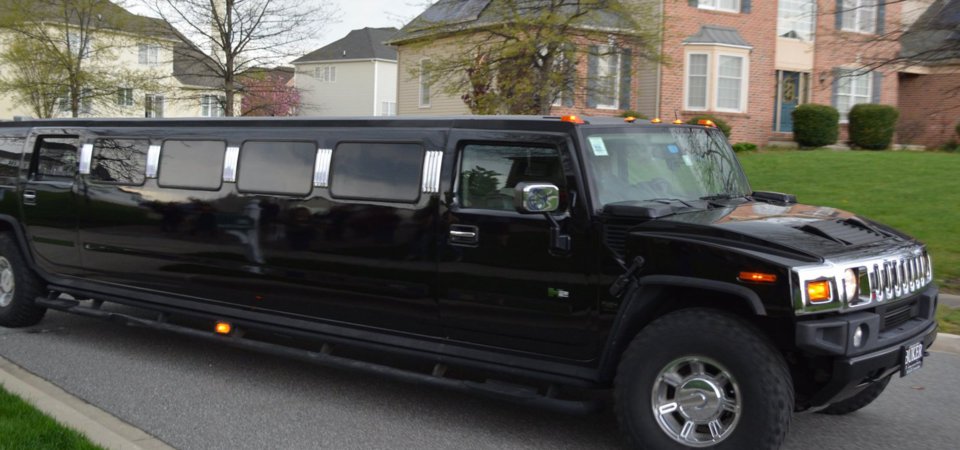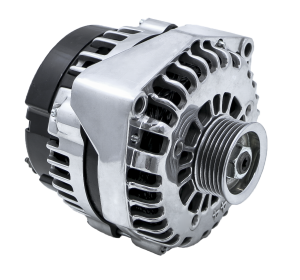
When building new vehicles, manufacturers put a great deal of care into calculating the exact amount of amperage that will be needed to power the electrical systems. As with any other business, a great deal of care is also put into keeping the overall cost as low as possible. The end result is usually a vehicle that makes just enough amps to get by.
That sounds good, so what’s the problem? Well, if your alternator is barely producing the amperage needed, it is likely working at full capacity all the time. Just like with any other device, if it’s working at its maximum capacity all of the time, its lifespan will be significantly shortened and the chance of premature failure greatly increases.
This problem also compounds with extreme temperatures. Whether the truck is driving through the unforgiving desert heat of the Desert Southwest or subzero temperatures of the northern plains, you don’t want to needlessly risk failure.
Accessories Need Power
If any modifications or additional equipment is added to the vehicle that requires additional amps, you’re going to need to upgrade into a bigger alternator.
Here is a partial list of amperage sucking upgrades and accessories:
- Upgraded sound systems
- Lift gates
- Upgraded HVAC
- High powered lights
- Hydraulic systems
- Upgraded onboard accessories

It’s common to see a demand for larger alternators in specialty vehicles that have additional components and accessories that require more power. Some examples would be:
- Limousines
- Buses
- Off-road vehicles
- Shuttles
- Heavily modified luxury vehicles
- Campers
- Work trucks
- Food trucks
The list goes on and on, but the one thing that all of these vehicles have in common is a need for power. In these instances, a standard low amperage alternator just won’t cut it.
Why Oversize?

People like to say “more isn’t always better” but when it comes to alternators, that just simply isn’t true. More is what you should want, more is what you need, and more is what you should have!
Oversizing your alternator is a proactive way to prevent issues, increase reliability, and in many cases, improve overall system performance. When you oversize the alternator, you’re giving your vehicle more than it needs. As a result, the alternator doesn’t have to work as hard and its lifespan is vastly increased. You’ll also notice improvements to your vehicle’s fuel economy and battery life.
If you’ve ever had to get an alternator replaced you know it can be a costly experience. Depending on the type of vehicle you have and its configuration, accessing the alternator can be a time consuming and costly process.
It’s not that uncommon for an alternator repair on buses to take upwards of five hours. That’s just because on some vehicles the alternator is hard to reach and requires a lot of work to get to. The harder it is to get to, the longer it will take to fix, and the higher your labor cost is going to be. Naturally, you can reduce your chances of surprise high cost repairs by choosing an alternator that is less likely to fail.
More Power = Fewer Problems
When shopping for a new alternator, buying one with the lowest output necessary is a common mistake. Fleet managers and vehicle owners alike should avoid doing this and instead focus on properly assessing the intended use and choosing the best option with that in mind. Instead of installing a bunch of new accessories and worrying about the alternator afterwards, plan ahead and purchase an alternator that will not only meet your needs, but will allow for added future power requirements.
Bigger and more powerful alternators are purposely built to produce the most power and withstand the toughest conditions. Whether you’re operating the vehicle in the extreme heat or the extreme cold, durability is something that cannot be overlooked.
The main takeaway is that the more power you have, the better off you’ll be. In terms of amperage, having more than is required is the best way to go.


